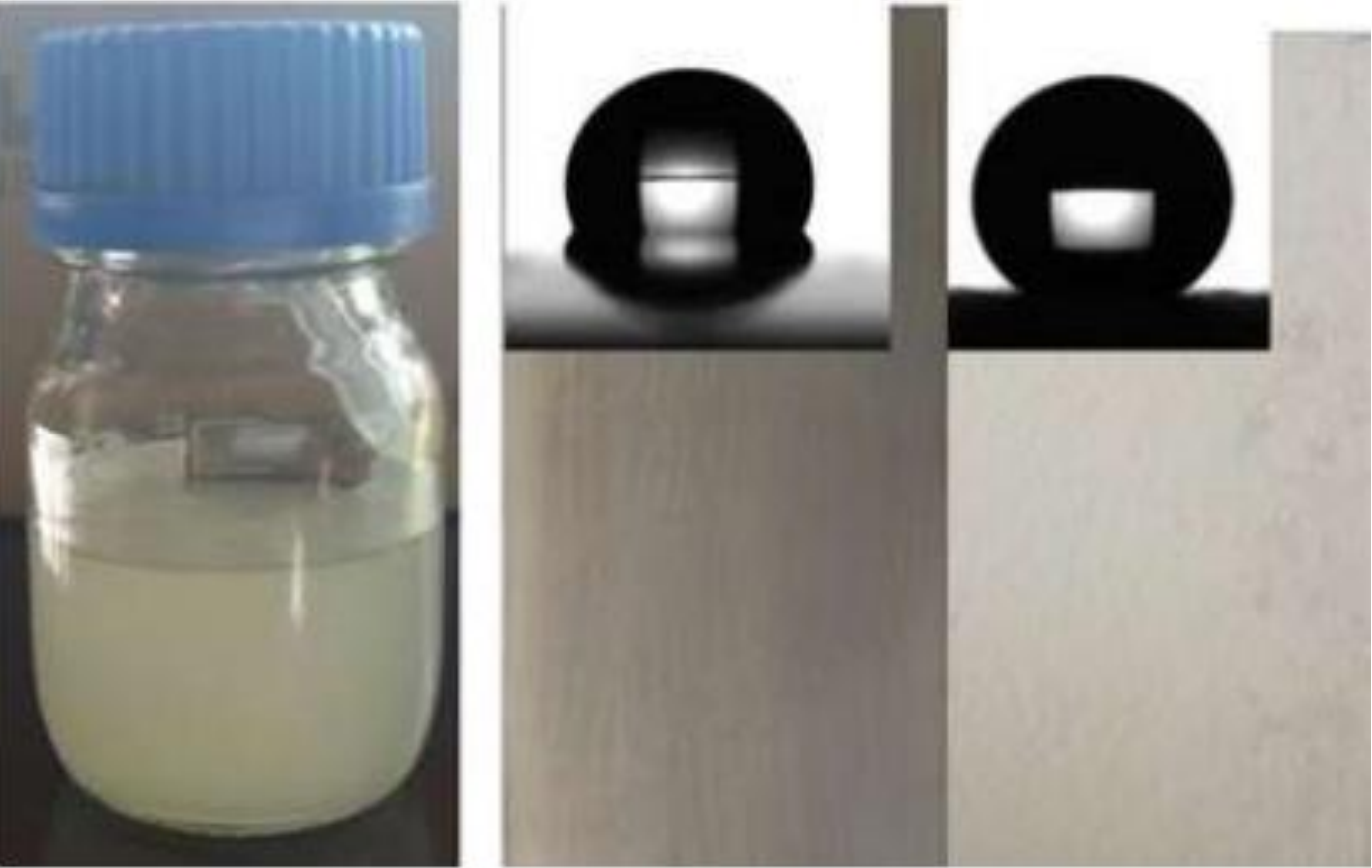发明专利
US3595792DA
1968-04-04
卡斯特罗尔有限公司
["C07F9/00","C07F9/02","C10M137/10","C10M137/00","C10N10/04","C10N10/10","C10N30/06","C10N30/12","C10N40/08","C10M1/48"]
JOHN SCOTCHFORD ELLIOTT , GERALD JOHN JOSEPH JAYNE , ANTHONY DAVID BRAZIER
除非特别说明,本系统中所有内容都受版权保护,并保留所有权利。

周老师: 13321314106
王老师: 17793132604


邮箱号码: lub@licp.cas.cn